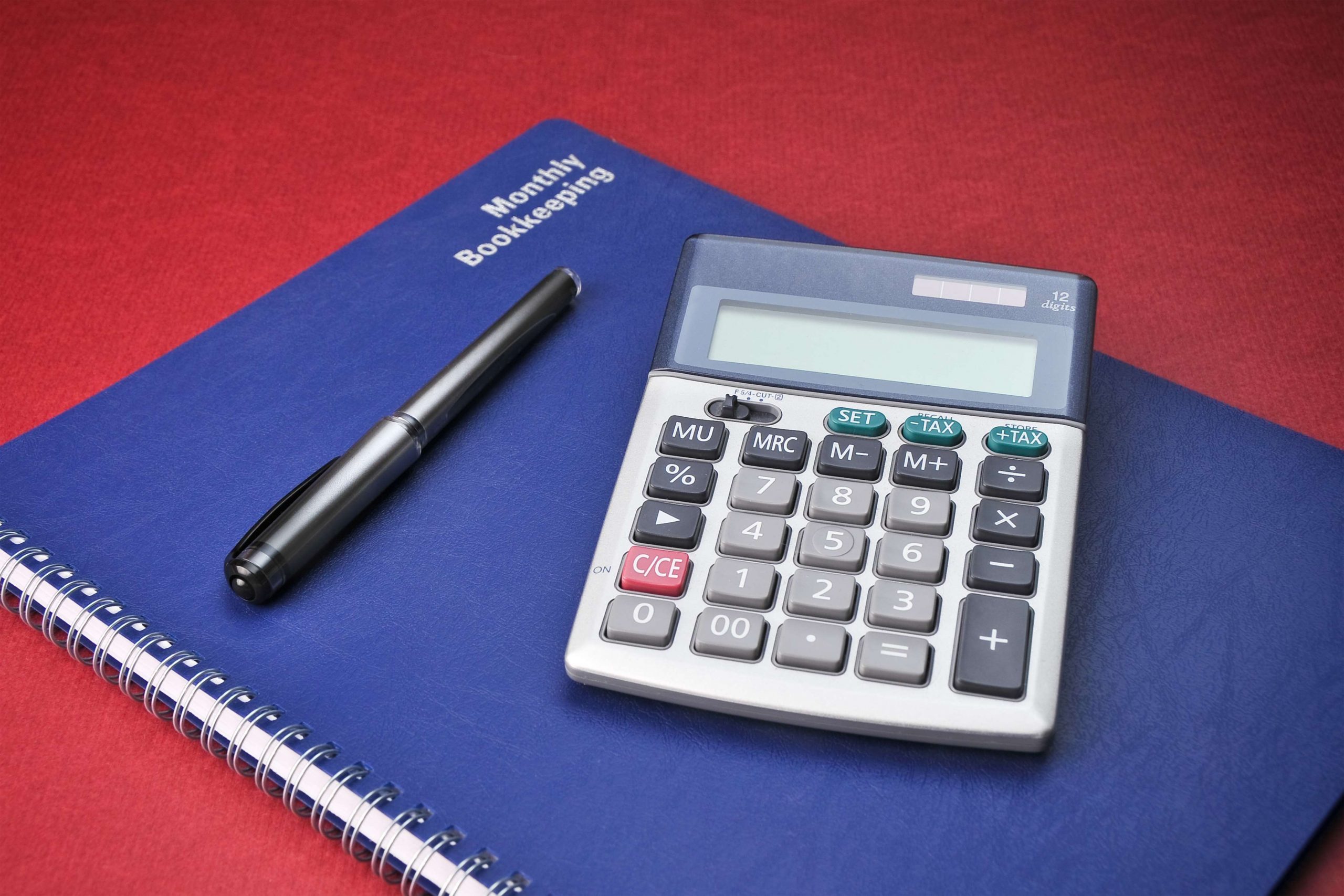SẢN PHẨM
Giá tốt
Content

Management is likely going to take advantage of this because it can increase intrinsic value. Tax calculations so you can maximize deductions and to your bookkeeping to keep your accounting accurate. It includes billings, invoices to suppliers, bank reconciliation, requiring comprehensive and streamlined procedures. In our example, the title transfers, which means at the end of the lease term the lessee will own the asset and continue depreciating it. However, the useful life of the equipment in this example equals the lease term so at the end of the lease, the asset will be depreciated to $0. This lease qualifies as a finance lease because it is written in the agreement that ownership of the equipment automatically transfers to Reed, Inc. when the lease terminates. To evaluate the lease classification, we used the capital vs. operating lease criteria test.
Companies use depreciation for physical assets, and amortization forintangible assetssuch as patents and software. Both conventions are used to expense an asset over a longer period of time, not just in the period it was purchased.
Mục lục
The cumulative depreciation is recorded on the balance sheet, and it displays the total depreciation amount from the date the asset was acquired to the date on the balance sheet. The carrying value would be $200 on the balance sheet at the end of three years. The depreciation expense would be completed under the straight line depreciation method, and management would retire the asset. Any gain or loss above or below the estimated salvage value would be recorded, and there would no longer be any carrying value under the fixed asset line of the balance sheet. Accountants like the straight line method because it is easy to use, renders fewer errors over the life of the asset, and expenses the same amount everyaccounting period.
Understanding asset depreciation is an important part of running any business. When you’re able to accurately determine the condition of your assets as well as its current depreciation rate, you’ll improve your overall efficiency. This will help you make smarter financial decisions leading to reduced expenditures. There are good reasons for using both of these methods, and the right one depends on the asset type in question. The straight-line depreciation method is the easiest to use, so it makes for simplified accounting calculations.
How Do I Calculate Fixed Asset Depreciation Using Excel?.
Posted: Sat, 25 Mar 2017 18:22:58 GMT [source]
The straight line depreciation method is the most commonly used method for the calculation of depreciation expenses on income statements because it’s the simplest one. One look at the straight line depreciation formula and you might feel intimidated by it. But it’s actually quite easy to learn, especially since it has a straightforward calculation. If you want the task to become even easier, you can use this straight line depreciation calculator. There are many methods of distributing depreciation amount over its useful life.
Depletion and amortization are similar concepts for natural resources and intangible assets, respectively. Calculate depreciation expense for the years ending 30 June 2013 and 30 June 2014. Come up with an estimation of how many hours you will be able to use the asset. Or you can also come up with an estimation of how many units the asset can produce during its useful life. Straight Line Depreciation Method is a highly recommended method as it is the easiest method for calculating Depreciation. It is less prone to calculation error risk as it does not involve complex calculations and data.
Thus, in the early years, revenues and assets will be reduced more due to the higher depreciation expense. In later years, a lower depreciation expense can have a minimal impact on revenues and assets. However, revenues may be impacted by higher costs related to asset maintenance and repairs. An example of how to calculate depreciation expense under the straight-line method — assume a purchased truck is valued at USD 10,000, has a residual value of USD 5,000, and a useful life of 5 years. Its depreciation expense for year 1 is USD 1,000 (10,000 – 5,000 / 5). The journal entry for this transaction is a debit to Depreciation Expense for USD 1,000 and a credit to Accumulated Depreciation for USD 1,000.
Depreciation is important because businesses can use this system to spread out the investments of long-term assets over the course of many years for accounting and tax benefits. As the value of an asset decreases over the years due to wear and tear, the amount shown on an accounting balance sheet will affect annual income. This is another method that accelerates a property’s devaluation; although it doesn’t diminish as rapidly as it does with the double declining-balance formula. To find the sum-of-the-years’-digits depreciation, add the number of years in a property’s useful life, and then divide each year by the total to find the depreciation percentage.
Large companies, small businesses, and sole proprietorships incur expenses when purchasing equipment, office furniture, or even a coffee machine for the break room. Since these business assets are often used on a daily basis, they tend to wear down over time. Assets are expensive items that are purchased for the business that are expected to last multiple years. Examples of expenses would be items such as office supplies and monthly costs like rent and utilities.
Depreciation in trial balance is a debit to the depreciation expense account. Over time, accumulated depreciation accounts increase until it nears the original cost of the asset, at which point, the depreciation expense account is closed out.
By estimating depreciation, companies can spread the cost of an asset over several years. The straight-line depreciation method is a simple and reliable way small business owners can calculate depreciation. When an asset is sold, debit cash for the amount received and credit the asset account for its original cost. Under the composite method, no gain or loss is recognized on the sale of an asset. Theoretically, this makes sense because the gains and losses from assets sold before and after the composite life will average themselves out.
Depreciation calculations require a lot of record-keeping if done for each asset a business owns, especially if assets are added to after they are acquired, or partially disposed of. However, many tax systems permit all assets of a similar type acquired in the same year to be combined in a “pool”. Depreciation is then computed for all assets in the pool as a single calculation.
Why Deciphera Pharmaceuticals Shot 12% Higher Today.
Posted: Tue, 30 Nov 2021 23:11:13 GMT [source]
Generated by expenses involved in the earning of the accounting period’s revenues. If you’re in the market for a new accounting software, we recommend QuickBooks for small businesses. We have created a free QuickBooks Online course that will help you set up and manage your books in no time. There are step by step instructions and videos to show you how to do it! It can be used for tax purposes to calculate a tax deduction for intangible assets like patents and copyrights. Calculate the depreciation expenses by using the straight-line method is really, really simple and quite straight forwards. This is one of the main reasons why this method is selected by most of the accountant.
So, the amount of depreciation declines over time, and continues until the salvage value is reached. For the double-declining balance method, revenues and assets will be reduced more in the early years of an asset’s life, due to the higher depreciation expense, and less in the later years.
Rules vary highly by country, and may vary within a country based on the type of asset or type of taxpayer. Many systems that specify depreciation lives and methods for financial reporting require the same lives and methods be used for tax purposes. Most tax systems provide different rules for real property (buildings, etc.) and personal property (equipment, etc.). Double declining balance is the most widely used declining balance depreciation method, which has a depreciation rate that is twice the value of straight line depreciation for the first year.

It calculates how much a specific asset depreciates in one year, and then depreciates the asset by that amount every year after that. Straight-line depreciation is a simple method for calculating how much a particular fixed asset depreciates over time. When a long-term asset is purchased, it should be capitalized instead of being expensed in the accounting period it is purchased in. If we plot the depreciation expense under the straight-line method against time, we will get a straight line. Depending on the frequency of depreciation calculation, the carrying amount of the asset declines in equal steps. This method is useful because it is simple and can be applied on many kinds of long-term assets.
The accumulated depreciation account will reduce the overall value of your fixed assets. With the double-declining balance method, higher depreciation is posted at the beginning of the useful life of the asset, with lower depreciation expenses coming later. This method is an accelerated depreciation method because more expenses are posted in an asset’s early years, with fewer expenses being posted in later years. This approach works by calculating depreciation as a percentage and then depreciating the asset at twice the percentage rate. Sum-of-years-digits depreciation is determined by multiplying the asset’s depreciable cost by a series of fractions based on the sum of the asset’s useful life digits. Sum-of-years digits is a depreciation method that results in a more accelerated write off of the asset than straight line but less than double-declining balance method. This method will reduce revenues and assets more rapidly than the straight-line method but not as rapidly as the double-declining method.
Use a depreciation factor of two when doing calculations for double declining balance depreciation. Regarding this method, salvage values are not included in the calculation for annual depreciation. An accelerated depreciation method that results in a high depreciation expense in the early years, followed by gradually decreasing depreciation expenses in subsequent years. To find the double-declining balance, multiply 2 by the straight line depreciation percentage and by the book value at the beginning of the period. You’d use this method for property that depreciates faster in its first few years of use, such as a company vehicle.
A straight line is an endless one-dimensional figure that has no width. It is a combination of endless points joined on both sides of a point. A straight line does not have any curve in it. It can be horizontal, vertical, or slanted.
As $500 calculated above represents the depreciation cost for 12 months, it has been reduced to 6 months equivalent to reflect the number of months the asset was actually available for use. Straight line method is also convenient to use where no reliable estimate can be made regarding the pattern of economic benefits expected to be derived over an asset’s useful life. If you want to check the accuracy of your computation, you can use the straight line depreciation calculator. The type of asset is important for predicting its depreciation, since original acquisition cost matters.
In the end, the sum of accumulated depreciation and scrap value equals the original cost. Suppose, an asset has original cost $70,000, salvage value $10,000, and is expected to produce 6,000 units. Once straight line depreciation charge is determined, it is not revised subsequently. Depreciation already charged in prior periods is not revised in case of a revision in the depreciation charge due to a change in estimates.
Straight-line depreciation is the simplest and most popular method; it charges an equal amount of depreciation to each accounting period. Depreciation expense reduces the book value of an asset and reduces an accounting period’s earnings. The IRS has provided a guide on the recovery period based on the type of business asset purchased. Below is a summarized table of the depreciation recovery periods as defined by the IRS.

Similarly, it’s easy for investors to see and understand how asset depreciation affects the company’s financials. Companies carrying a balance sheet heavy in assets tend to have significant depreciation figures, often staggered over different periods. That’s why Net Asset Value is a favorite valuation metric of investors seeking to understand a company’s value, sans depreciation. When companies invest in assets, straight line depreciation equation they expect those assets to last a certain number of years. Over time, they’re depreciated based on their remaining serviceable life and any potential saleable value left in them. Done consistently over a period of years, it creates a linear expense model, known as straight-line depreciation. First, Divide “100%” by the number of years in the asset’s useful life, this is your straight-line depreciation rate.
Assets are sorted into different classes and each has its own useful life. Depreciation is technically a method of allocation, not valuation, even though it determines the value placed on the asset in the balance sheet.
Author: Gene Marks
25/05/2023
24/05/2023
21/05/2023
21/05/2023